We set off southwards from Bodø.
Inndyr
Our first call was at the harbour and small town of Inndyr. From here we cycled some 5 miles to Gildeskål Kirkested, the site of the parish church for the Gildeskål region. The old church dates from ca. 1130 but was renovated after a fire in 1710. It has an amazing feel to it. Note in the photo the box pews with lattice work to shield the gentry from the common folk.
In 1851 a law was passed that required all rural churches to have seating for 30% of the population. This was beyond the old church and so a new one was built alongside it in the baroque style.

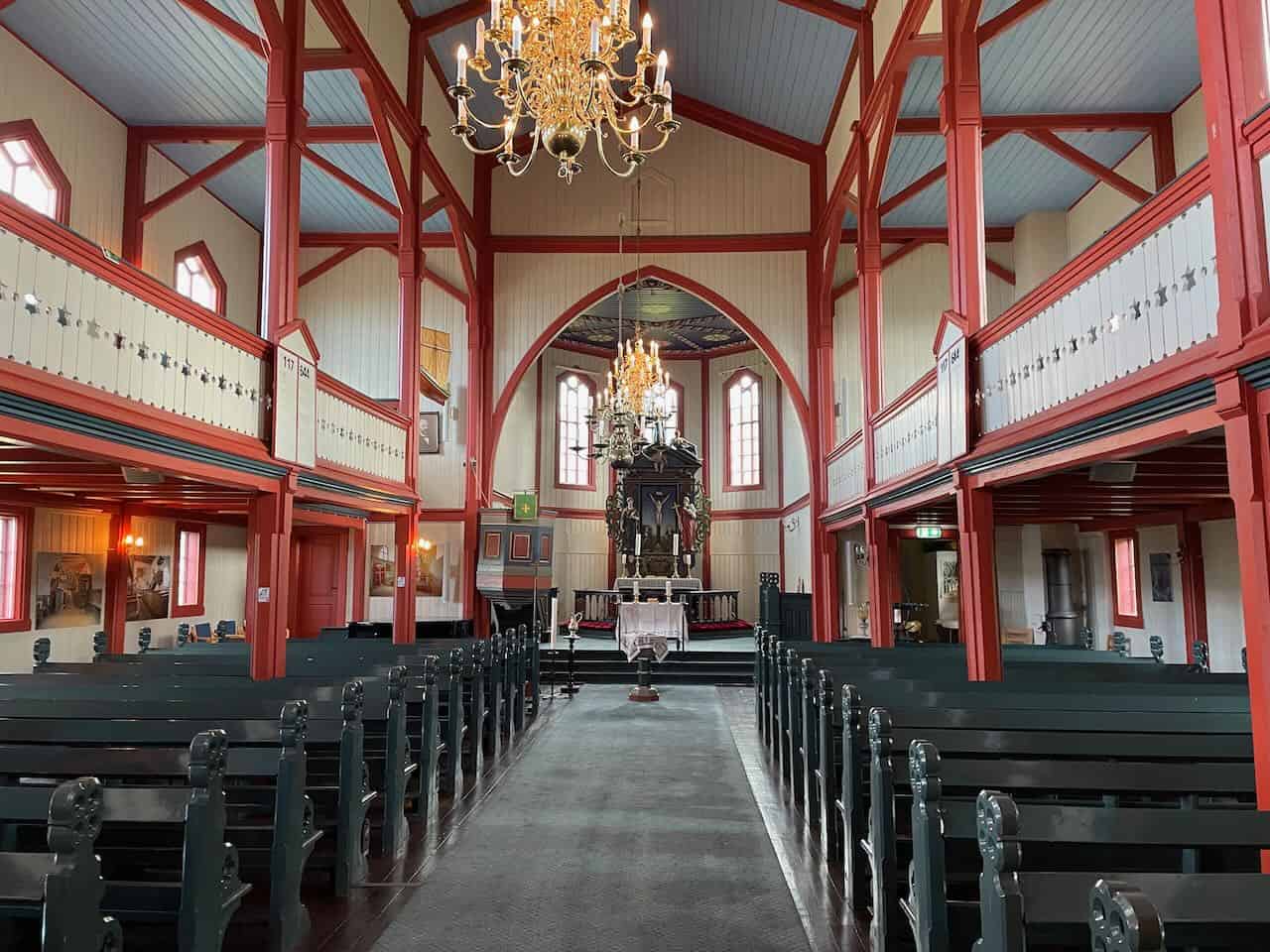
Myken
From Inndyr, we sailed around the Kunna headland and, after a night at anchor, out some 25nm from the mainland to the island of Myken, where we sheltered from strong winds.
In the island shop, there is a coffee area, where what seemed like the whole community gathered mid-morning.
The island school has closed and is now a rather quirky bed & breakfast establishment. The proprietress cooked us an excellent vegetarian supper.
Although a small island, Myken now has a distillery producing whisky in the Scottish style and gin. It claims to be the only whisky distillery in the Arctic. We paid a visit and the sister-in-law of one of the principals and her young daughter gave us a tour of the storage ‘cathedral’. It is a surprising location. The water is desalinated seawater and the grain has to be imported. We enjoyed tasting a couple of the whiskies.
The Norwegian government has a monopoly on the sale of alcoholic drinks stronger than watery beer through its Vinmonopolet outlets. So the distillery is not allowed to sell its products, nor advertise them. We understand it has won several awards but they are not allowed to mention them as this would be advertising.
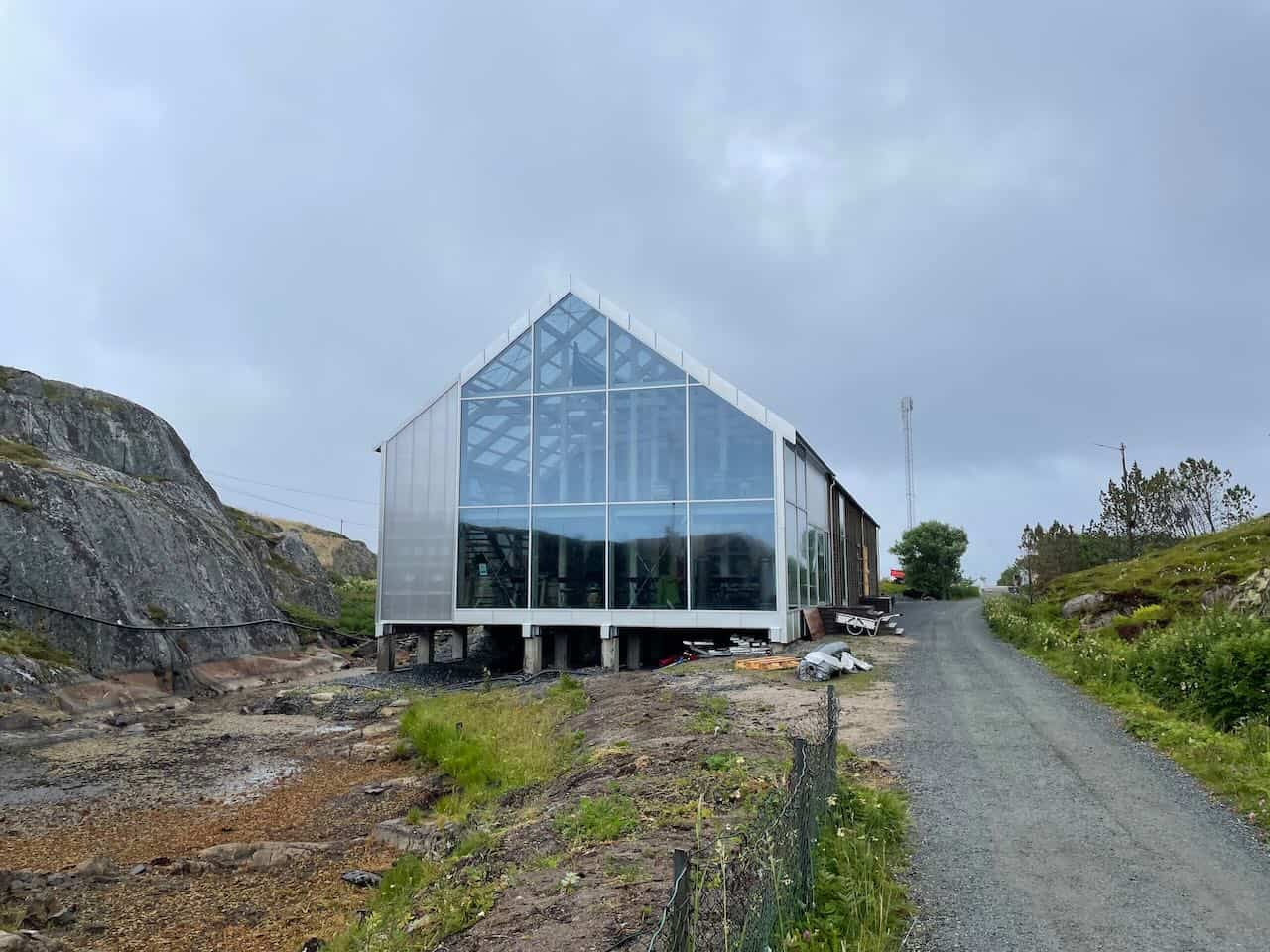
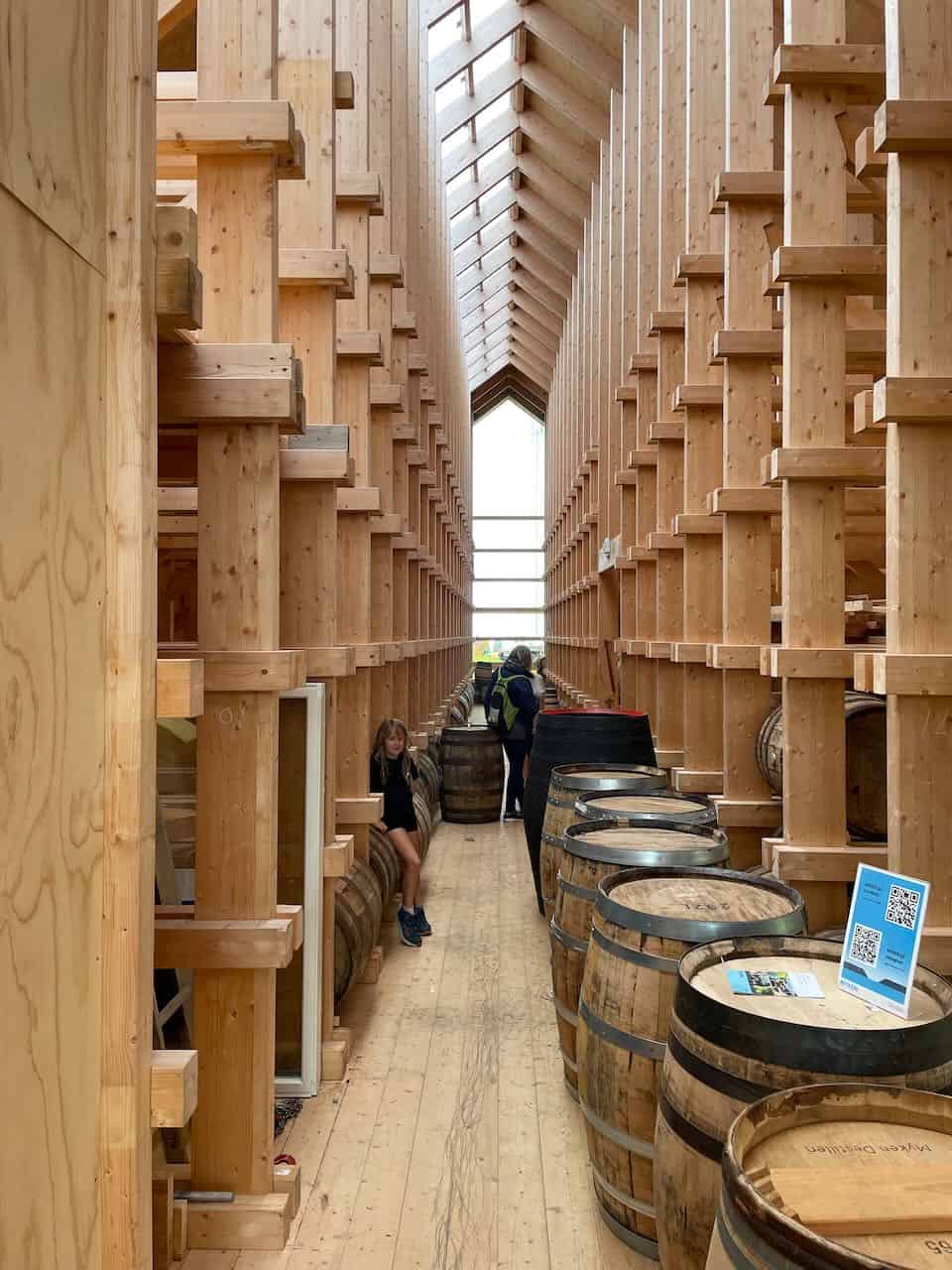
The Træna islands
We continued south amongst the outlying island 24nm to Selvær.
As with so many islands here, the summer population is often comprised of those borne there or descendants of former residents who now live elsewhere, e.g. Oslo, but return ‘home’ for the summer.
We found a summer café run by the ladies of the island serving delicious homemade cakes etc.
Selvær is overseen by a foundation. We read the minutes of its last meeting, which noted that two properties were available and it wanted one to be used for refugees. This is admirable but we wonder how a refugee family would cope with life in the Arctic on a remote island over winter with a tiny permanent population.
A short sail took us to Husøya, the ‘capital’ of the Træna islands. It has a very snug harbour sheltered from all directions with a long pontoon for yachts. We chose this over nearby Sanna, which has five very dramatic peaks up to 338m, as its harbour was exposed to the present winds and is subject to ‘fall wind’ – strong katabatic down drafts. Sanna has several caves – one with human remains from 6,000 years ago.

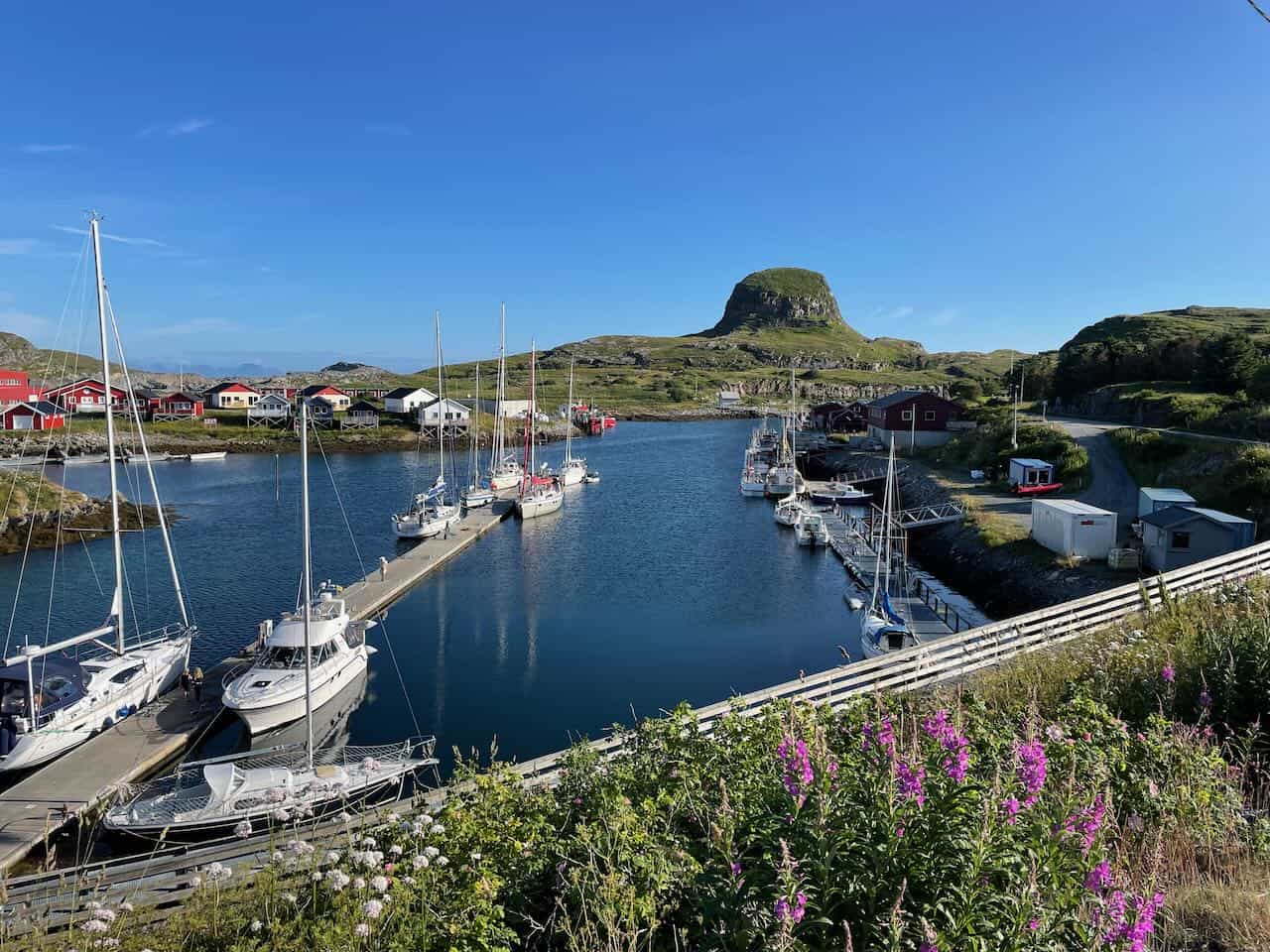
From Husøya we had a 36nm spinnaker run back to the islands closer to the mainland. After two passages anchoring overnight, we came to Brønnøysund, said to be the mid-point of the Norwegian west coast. Here we did laundry and restocked.
The weather is mostly fine but with very little wind. Most afternoons a light N wind appears for a few hours, so we are progressing in short hops.
Torghatten revisited
On our way north we had called at Torghatten but had been unable to see the famous hole because of cloud. We called again and were able to cycle around to the start of the path up to the hole and make the ascent. There were spectacular views.
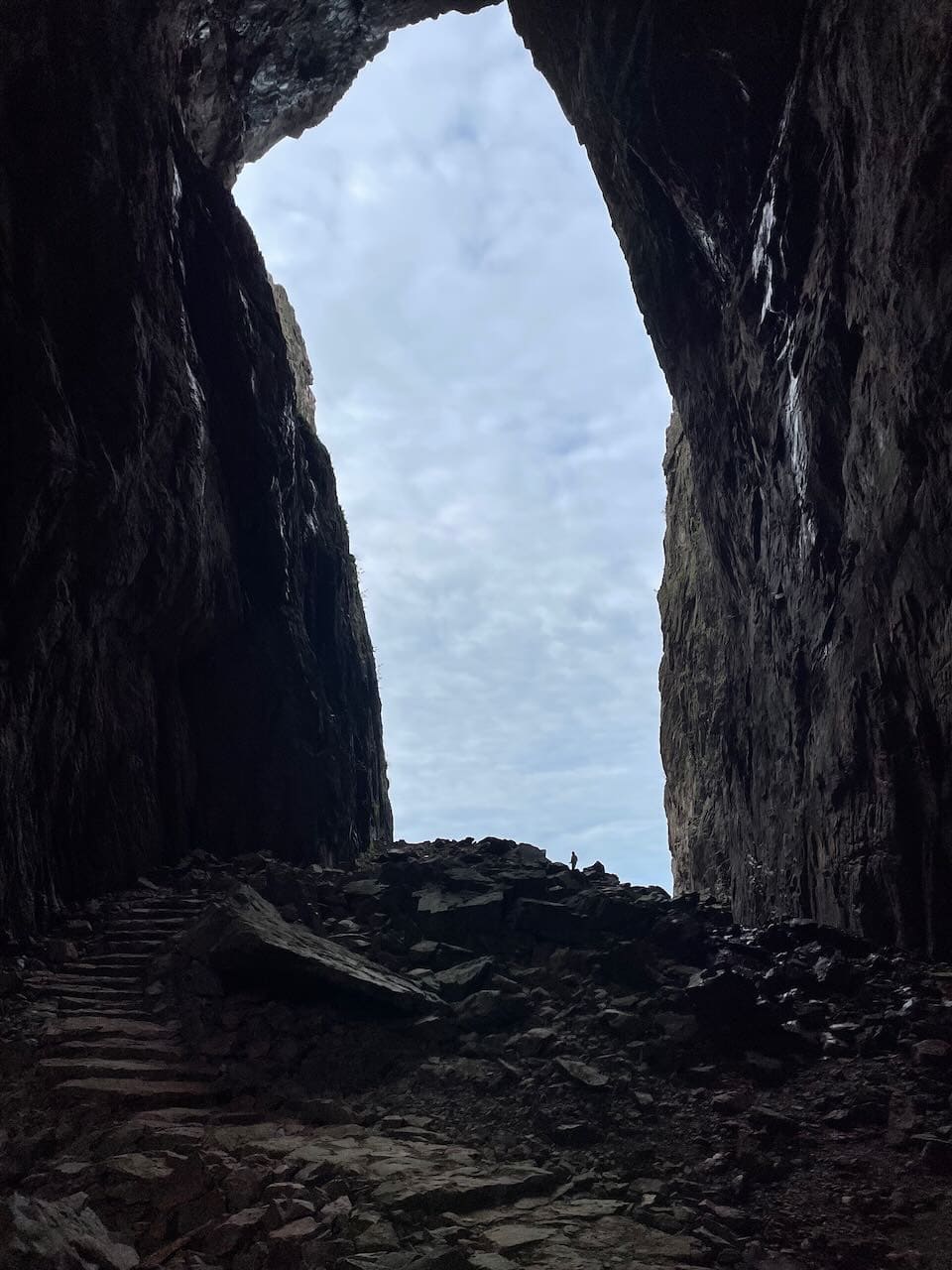
(look carefully!)
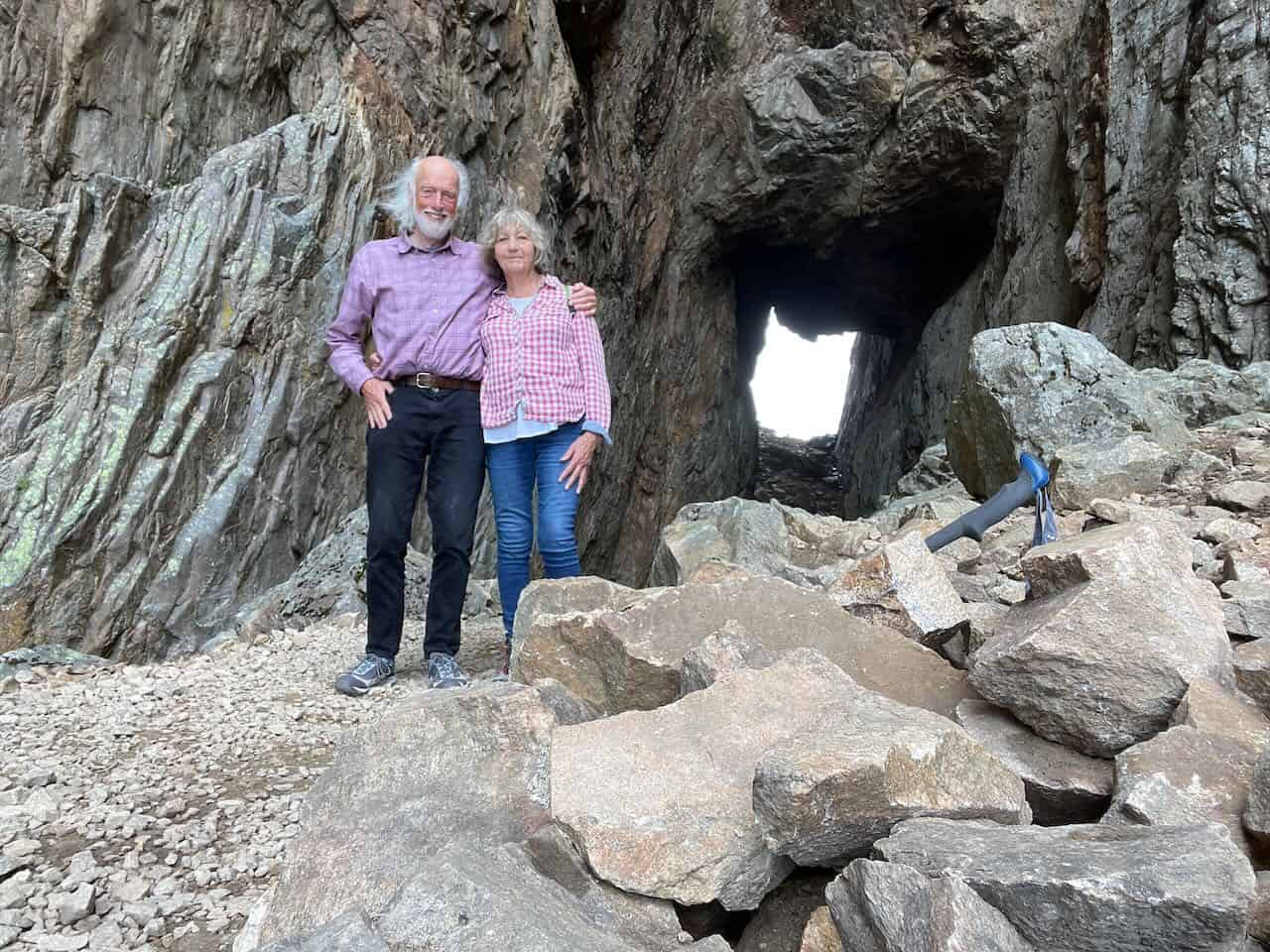
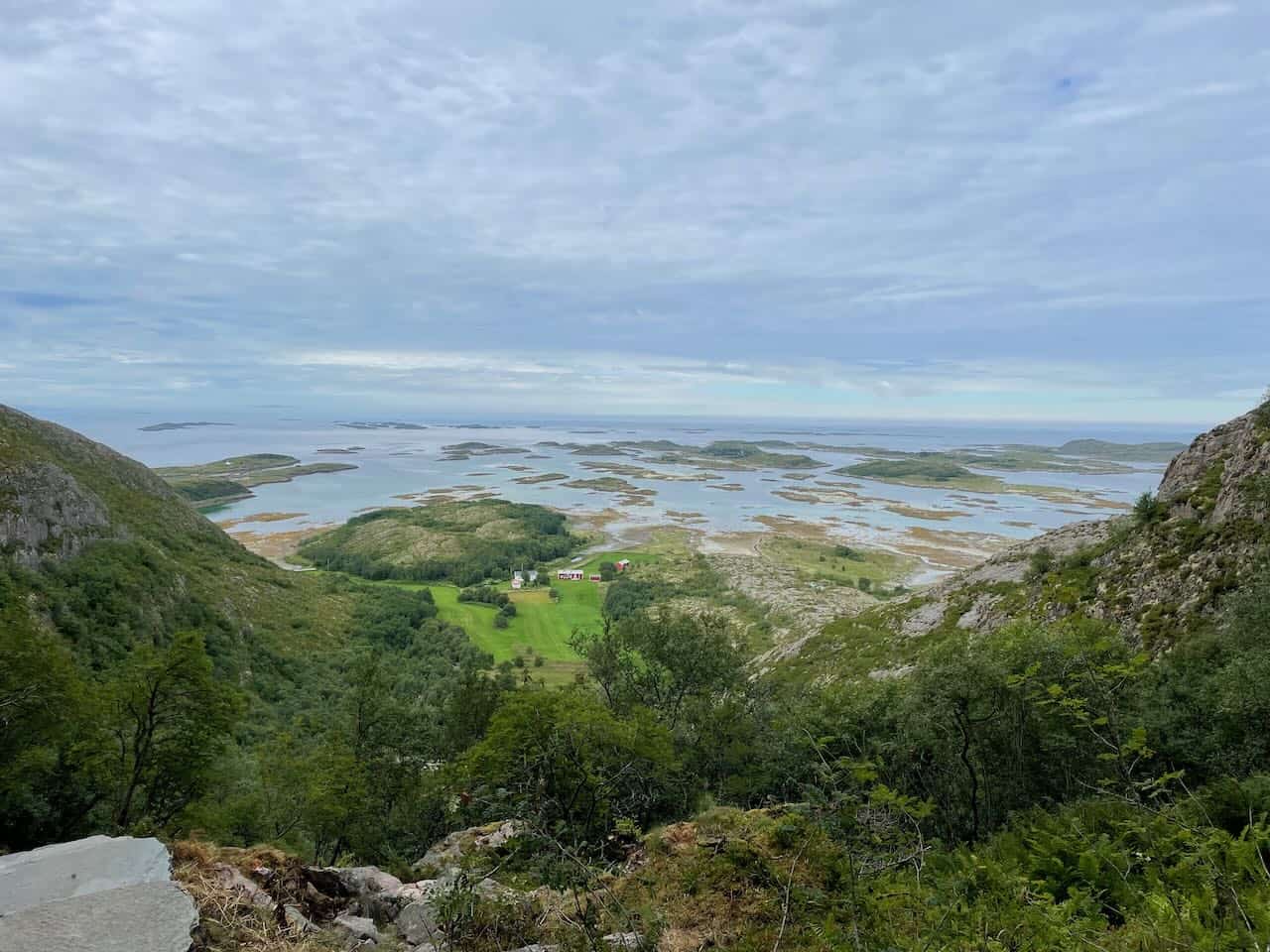
Leka
From Torghatten we had an easy 23nm passage to the island of Leka, which we liked very much.
Leka is geologically unique in Norway. Lower parts of the earth’s crust were thrust up. Parts of the mountain are yellow stone, as in the USA’s Yellow Stone Park. Elsewhere there is fertile land and much farming. Leka is very popular for walking and there are many trails – some through the lowlands and others across the mountains.
Not far from our berth is an ancient Viking burial mount believed to have been a ship burial, in which the deceased was buried in his ship.
We cycled right around the island to view the rock formations. At Solsemhula is a large cave containing paintings from the bronze age or earlier. We tried to visit, but the terrain proved too difficult with the available time.
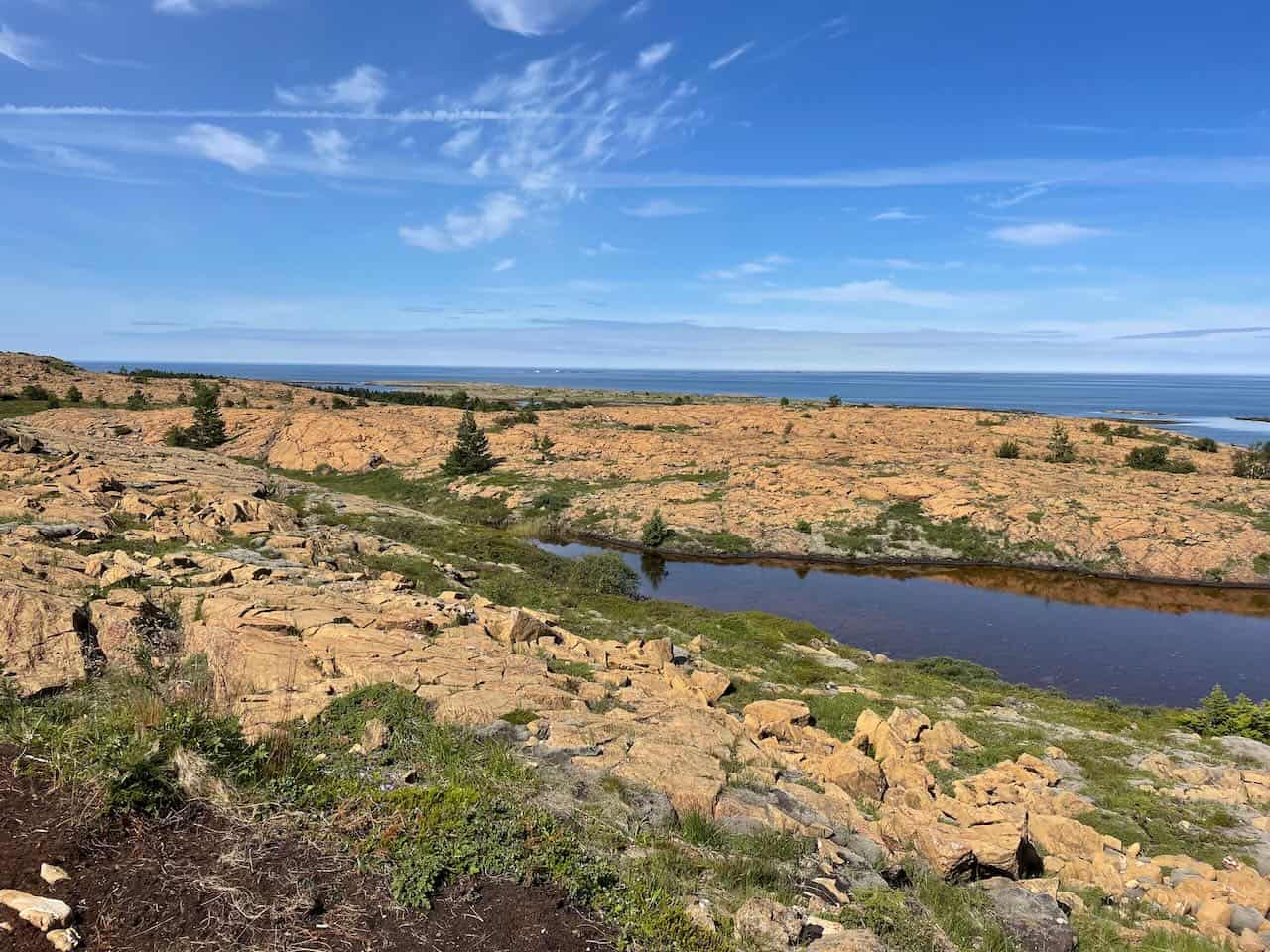

The Norwegian Honesty System
There is usually a charge for the various marinas or pontoons we have used. It works on a honesty system and we have not been checked. You pay online or put cash in an envelope.
We even found an unstaffed café. You help yourself to tea, coffee, and ice cream from the freezer. There were also cakes and a pile of waffles with jam and sour cream from the fridge. On departure you pay online or add to the box of cash, taking any change needed.
We have now reached Rørvik, where we had stopped on our way north. There is a fair and music festival on, so it is very crowded – we will not stay long.
love Ynskje & Tony

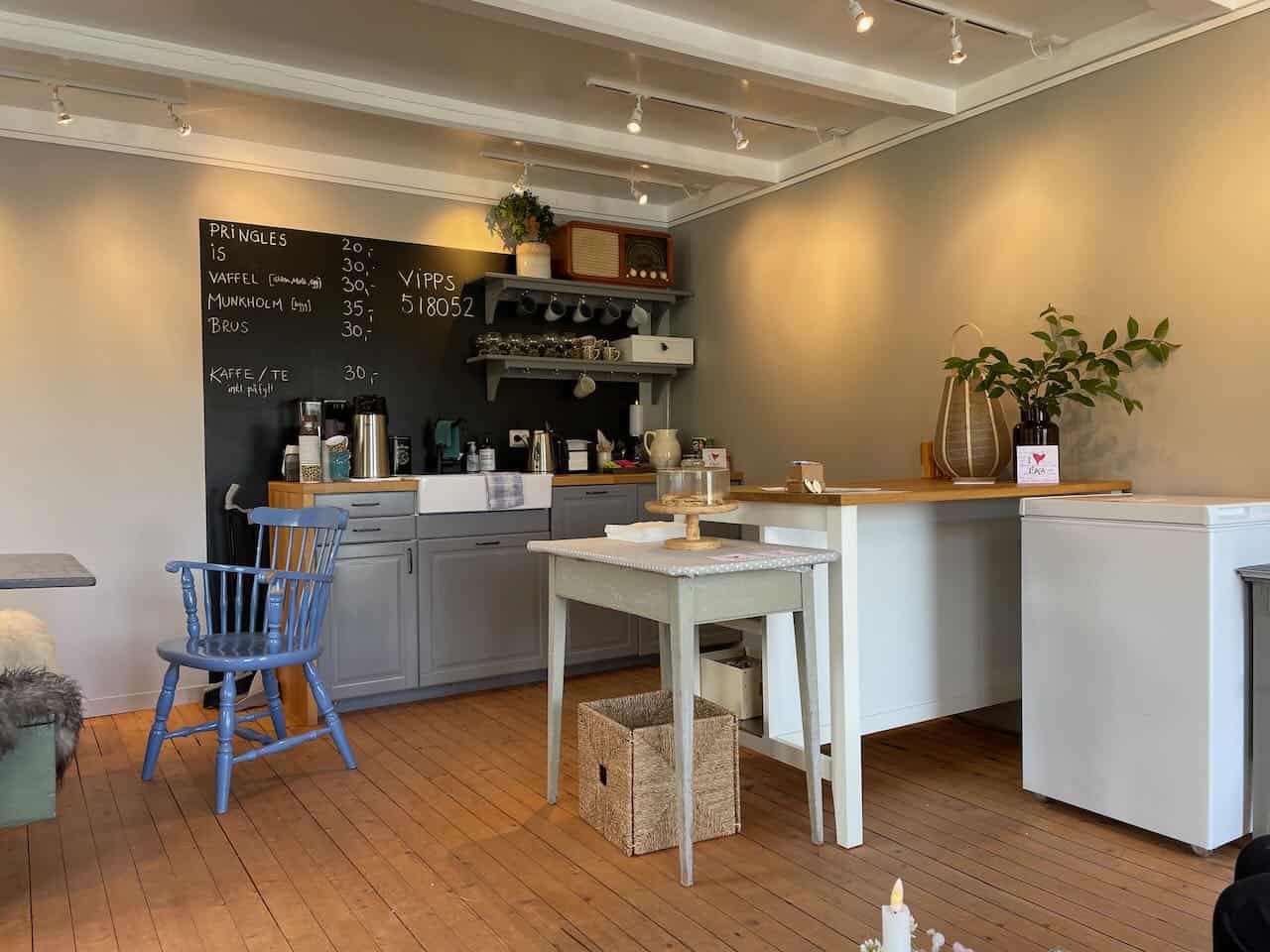
Thanks so much for sharing the wonderful photos & fascinating information & history about the amazing & beautiful places you’ve visited. Managed to spot Ynskje in the hole after some scrutiny!! Bon voyage for the next leg of your journey, with fair winds, waves & weather!
Great photos again.
Husoya harbour does look really snug and well protected on all sides. Then how wonderful to have a 36nm spinnaker run – what fun.